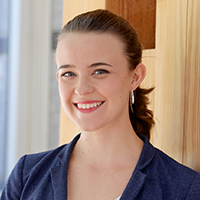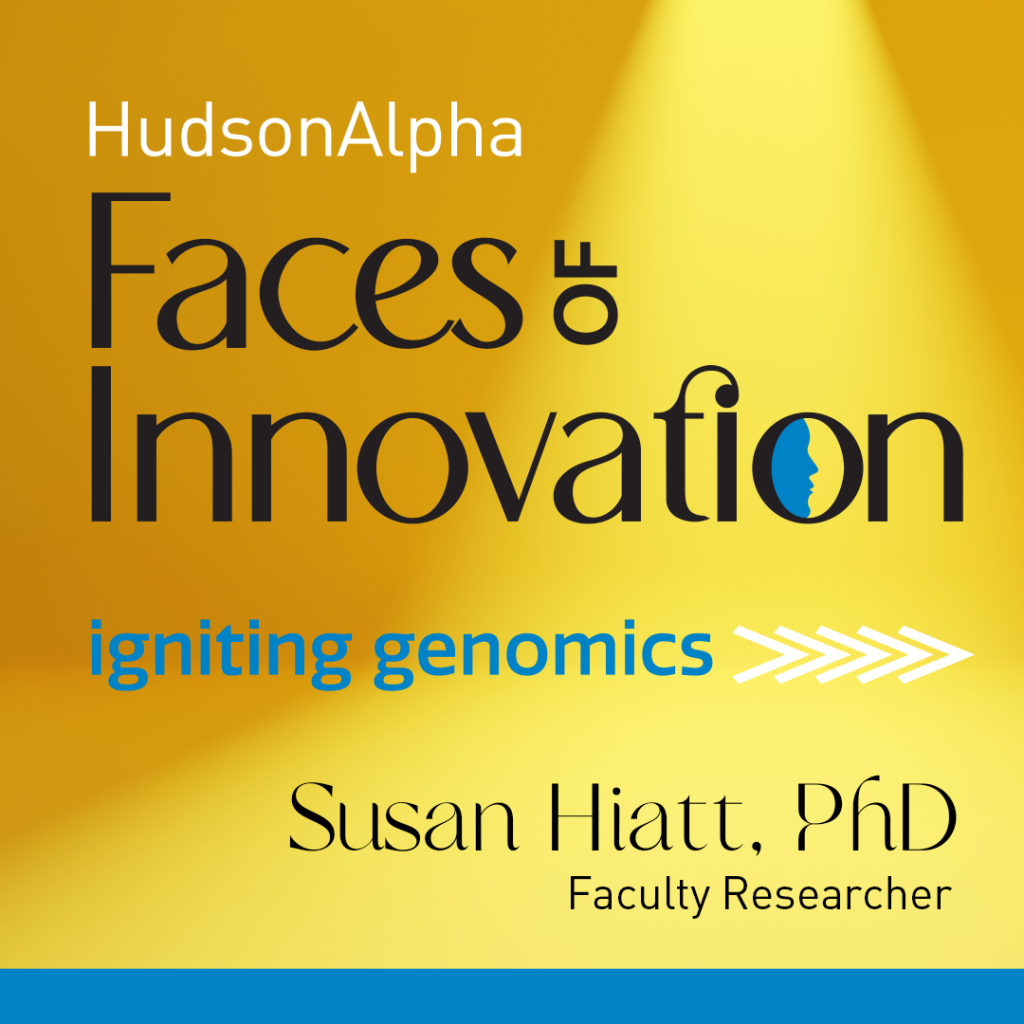An Auburn University PhD student recently received a National Science Foundation (NSF) Graduate Research Student fellowship to fund her project that is investigating nitrogen use in plants.
Nitrogen-fixing plants: nature’s fertilizer producer
To keep up with the booming world population, it is estimated that global food production needs to grow by 70 percent by 2050. Farmers must increase their output exponentially all while dealing with other challenges like climate change. In order to successfully expand their production, farmers must make sure that all of their crop plants’ needs are met. Plants require water, sunlight, and many nutrients like potassium, phosphorus, and nitrogen to grow big and produce maximum crop output.
King among the nutrients is nitrogen, which is essential for plant growth and survival. While nitrogen makes up nearly 80 percent of the Earth’s atmosphere, plants cannot use atmospheric nitrogen directly. Instead, it is converted into a usable form by microorganisms in the soil through a process called nitrogen fixation.

Some plants, like legumes such as clover, soybean, and more, developed close relationships with nitrogen-fixing bacteria over time. The roots of such plants contain protective structures called nodules in which the bacteria can live. In exchange for a nice place to stay, the bacteria convert atmospheric nitrogen into more usable nitrogen compounds like ammonium and nitrate that can be taken up by the plant’s roots.
Laramie Aközbek (nee Smith), a first year Auburn University PhD student in the Department of Crop, Soil and Environmental Sciences in the College of Agriculture, is looking beyond the legumes to determine how other plants maintain symbiotic relationships with nitrogen fixing bacteria. Although she is a graduate student at Auburn, Laramie’s research takes place at the HudsonAlpha Institute for Biotechnology in the lab of Auburn University professor and HudsonAlpha faculty investigator Alex Harkess, PhD.
“We have a pretty robust understanding of nitrogen fixation in legumes. However, there is not much information on non-legume nitrogen fixation. We are generating genome assemblies for both wax myrtle and Frankia species to try and identify the genes involved in the symbiosis between the two organisms,” said Aközbek.
Aközbek recently received a National Science Foundation (NSF) Graduate Research Fellowship to fund a project looking at the symbiotic relationship between the Southern wax myrtle tree (Morella cerifera) and its bacterial partner Frankia. The three-year grant will not only fund her research but also provides her with additional training opportunities.
The genomic information uncovered during the project will also give Aközbek and the team in the Harkess lab insight into the evolution of nitrogen fixation across plant species. They hope to determine if there are genes responsible for nitrogen fixation that have been conserved across species during evolution. A deeper understanding of nitrogen fixation could one day provide farmers with an additional tool in their arsenal to help grow healthy, robust crop plants and feed our growing population.
Laramie was just one of 2,193 people in the country to receive the grant. She was one of six Auburn University students, and the only candidate from HudsonAlpha to secure the funding.
When asked how she felt about receiving the award, Aközbek said, “It is still sinking in! I did not start my career in the sciences and discovered my love for it later on in life, so receiving this award was not only an incredible honor but it also felt like reaching a goal post in my own journey as a scientist.”
“Laramie’s background is in linguistics and hands-in-the-dirt plant biology. She developed this highly creative nitrogen fixation project on her own, by drawing on her expertise in plant foraging, the language of DNA, and her obvious passion for impacting the future of our planet,” Harkess said.
Teaching plant lovers how to use their landscape as an impetus for curiosity and citizen-driven research
The NSF fellowship gives students like Aközbek the freedom to explore projects that they might not have been able to otherwise. For her part, Laramie plans to take her science outside of the traditional lab setting and be creative in the community.
Aközbek is planning a community project, where she hopes to develop a community-led trial garden focused on citizen-run horticultural research of diverse species relevant to sustainable agriculture, reforestation efforts, and novel crops for Alabama farmers.
“Interacting with our landscape cultivates accountability and curiosity towards it,” she said. “I want to get the public excited about using their own backyards to answer questions they might have about the natural world.”

